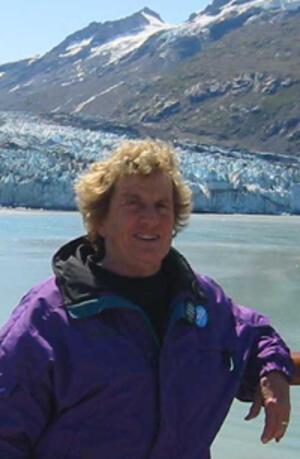Joan Feynman
Joan Feynman.
Courtesy of NASA Jet Propulsion Laboratory.
Astrophysicist Joan Feynman shaped our understanding of solar winds, auroras, and sunspots, and her battle to open scientific bastions to women transformed the field for those who followed. Although discouraged by her mother from pursuing science, Feynman was mentored by her brother, Nobel-winning physicist Richard Feynman, who regularly included her in his childhood experiments. Joan Feynman earned her doctorate in physics from Syracuse in 1958. She successfully lobbied the American Geophysical Union (AGU) to stop meeting at venues that barred women and AfricanAmericans, and she pushed for women to present papers and chair sessions at national science conferences. She became the first woman elected as an officer of the AGU in 1974, and she organized a committee to advance the fair treatment of women within the geophysics community. While raising children, she moved from one research station to another, including the National Center for Atmospheric Research in Boulder, the National Science Foundation in Washington, and Boston College, before taking a post at the Jet Propulsion Laboratory in Pasadena from 1985 until her retirement in 2003. She continued to research solar activity and climate after retiring. An expert on solar radiation, Feynman created models to predict sun spot cycles and the amount of radiation that spacecraft will absorb over time (leading to better shielding) and discovered links between solar activity and climate change. NASA honored her with its Exceptional Achievement Medal in 2000. Feynman authored or co-authored more than 185 scientific papers and edited three books. She died on July 21, 2020.



